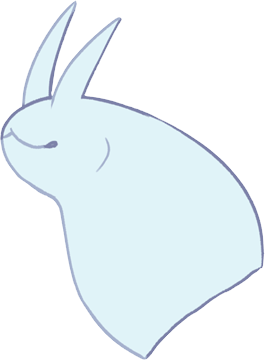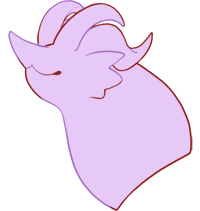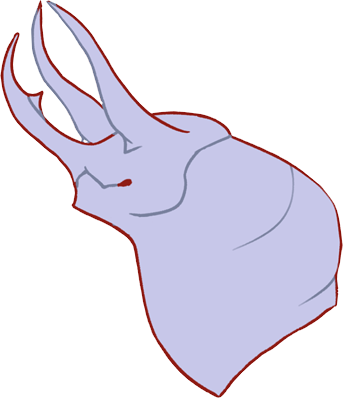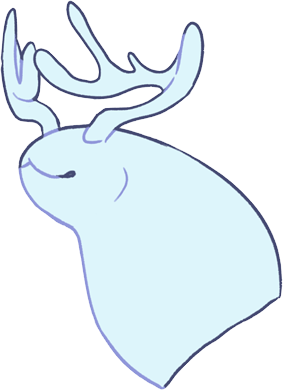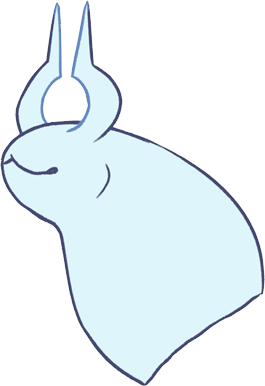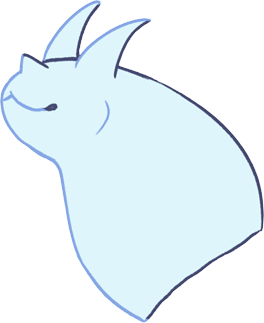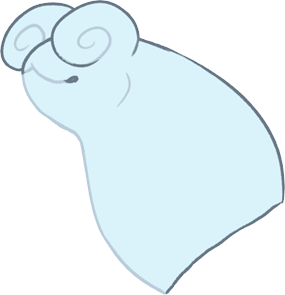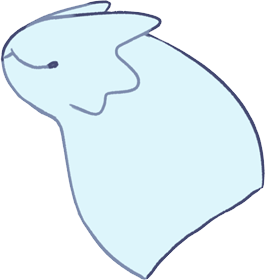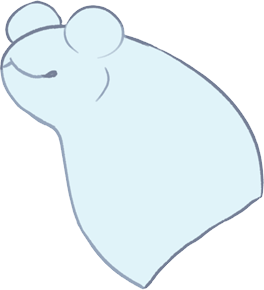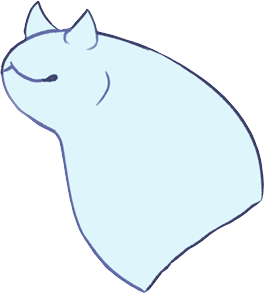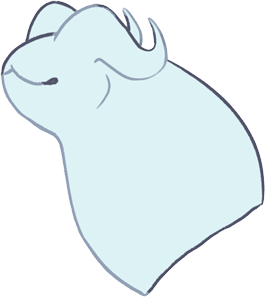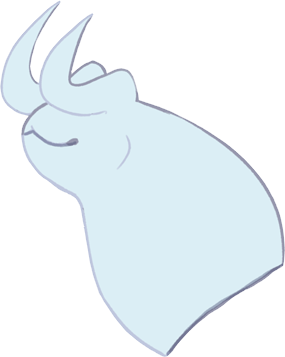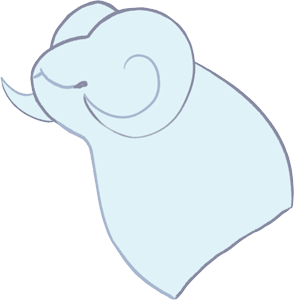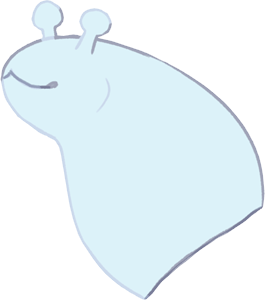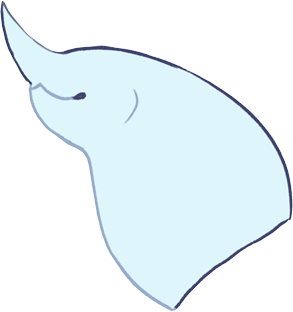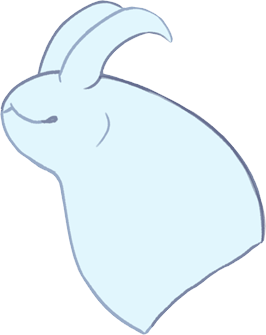Traits
Impaler horns (Normal)
Tall sharp horns with very little curve, designed to stab and maim.
These leeches make proficient hunters, but thankfully they aren't usually aggressive unless hungry.
Many horns (Common Myth)
Multiple sets of different horn types.
Note: This is not for combining multiple horn types into one new or unlisted shape. They have to be separate sets of identifiable horns, and listed accordingly.
Only one upgrade is needed to add multiple sets of horns.
Ceratops horns (Uncommon Myth)
A combination type consisting of a large platelike horn crest, often accompanied by smaller horns on the front of the head.
The plate can have an array of markings and patterns on it. Leeches with this trait are incredibly mesmerizing to look at.
Beetle head horns (Uncommon Myth)
Sporting large extravagant horns, the leech's head and neck can also be covered in hard plates.
This trait is varied and can mimic a variety of horned beetles.
Folks of old used to make legendary armor from beetle headed leeches.
Antler horns (Normal)
A pair of horns that branches out into several points. The horns can resemble any existing antler type.
It is a trait used for mimicry of prey animals. Leeches with this trait are often so docile that you can find birds perching on them.
Gateway horns (Normal)
An incomplete arc ending in a sharp upwards point.
This trait is most common in fancy mount class leeches; a common way to accessorize these horns is to put some kind of item between them, for example a golden plate.
Tri horns (Normal)
A genetic mishap that causes a smaller third horn to grow along the center of the head.
They can exist as their own short set of three horns, or as an addition to any set of duo head horns, such as impaler. On some occasions, the third horn can grow into another singular horn type, like uni.
Note: No matter the combination, the listed trait will be Tri horns. Add the horn types in the description if applicable!
Cinnabun horns (Normal)
Very tightly coiled horns that curl forwards on the head.
They are similar to ram horns, but leeches that sport cinnabun horns tend to be more on the docile side.
Crown horns (Normal)
A simple spiked ridge of horns that grow as an extension of the jaw, on either side of the face.
The crown is a regal looking trait, and the leeches that sport them tend to act the part.
Note: This is its own horn trait, and therefore more horns cannot be added onto the leech without the many horns Myth trait.
Devil Horns (Normal)
A pair of short curved horns, meant for self defense but not much else.
Devil horns are usually accompanied by other spiked traits.
Slick horns (Normal)
Similar in shape to Toro, they curve backwards which instead makes them relatively harmless.
Slick is another popular pick for mount class horns, or on those bred to look especially stylish.
Toro horns (Normal)
Forward-sweeping horns that curve sharply upwards.
Leeches with toro horns are easily provoked. They will attack by charging with head lowered, and then swiftly striking upwards to gore and toss their victim.
Giraffe horns (Normal)
Short horns with a bulb end, used for mimicry.
These cute horns are commonly bred on pets.
Kudu horns (Normal)
Long, twisted horns that are used for mimicry and camouflage.
These horns might have been used to attract mates... But it was just a passing trend.
Arc horn (Normal)
Two horns that combine as arch in the middle.
It’s considered a regal trait to have, but leeches with this trait are prone to getting objects lodged between their horns.
There's a tale of a hunter following helpless animal cries in the forest, only to find a leech suspended midair with its arc horns stuck on a tree branch.
Rhino horn (Normal)
A single thick horn originating from the leech's snout. It's mostly used for mimicry but can carry a powerful punch.
Rhino horned leeches usually have a lazy temperament; they dislike hunting.
Chaos horns (Normal)
A pair of tall horns with backwards-arched tips.
Chaos horned leeches are prone to headbutting potential threats. Unfortunately for the victim, the horns may hook into the body and fling them forcibly.
Uni horn (Normal)
A single conical horn, most often seen in the middle of the forehead. Textures on this horn are common, including a twisted-looking appearance.
Uni horned wild leeches are territorial; they scratch rocks and trees with their horn to mark the borders of their territory.
